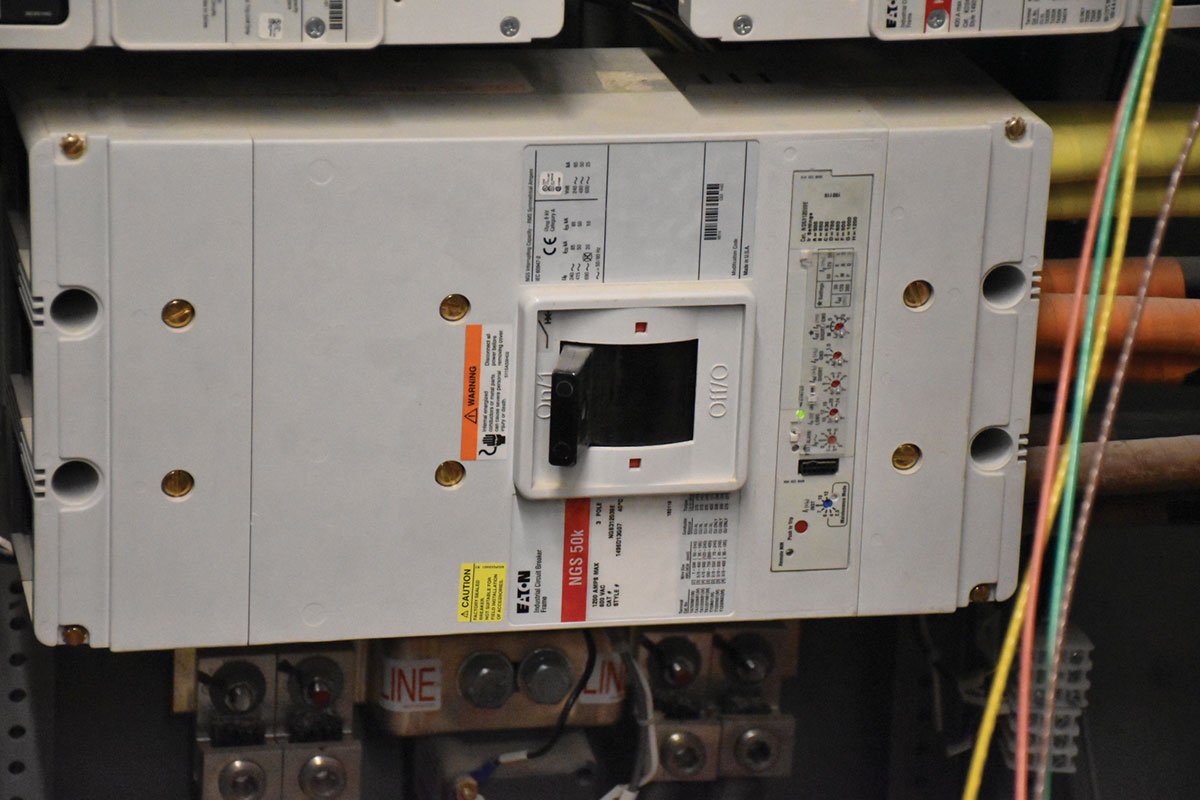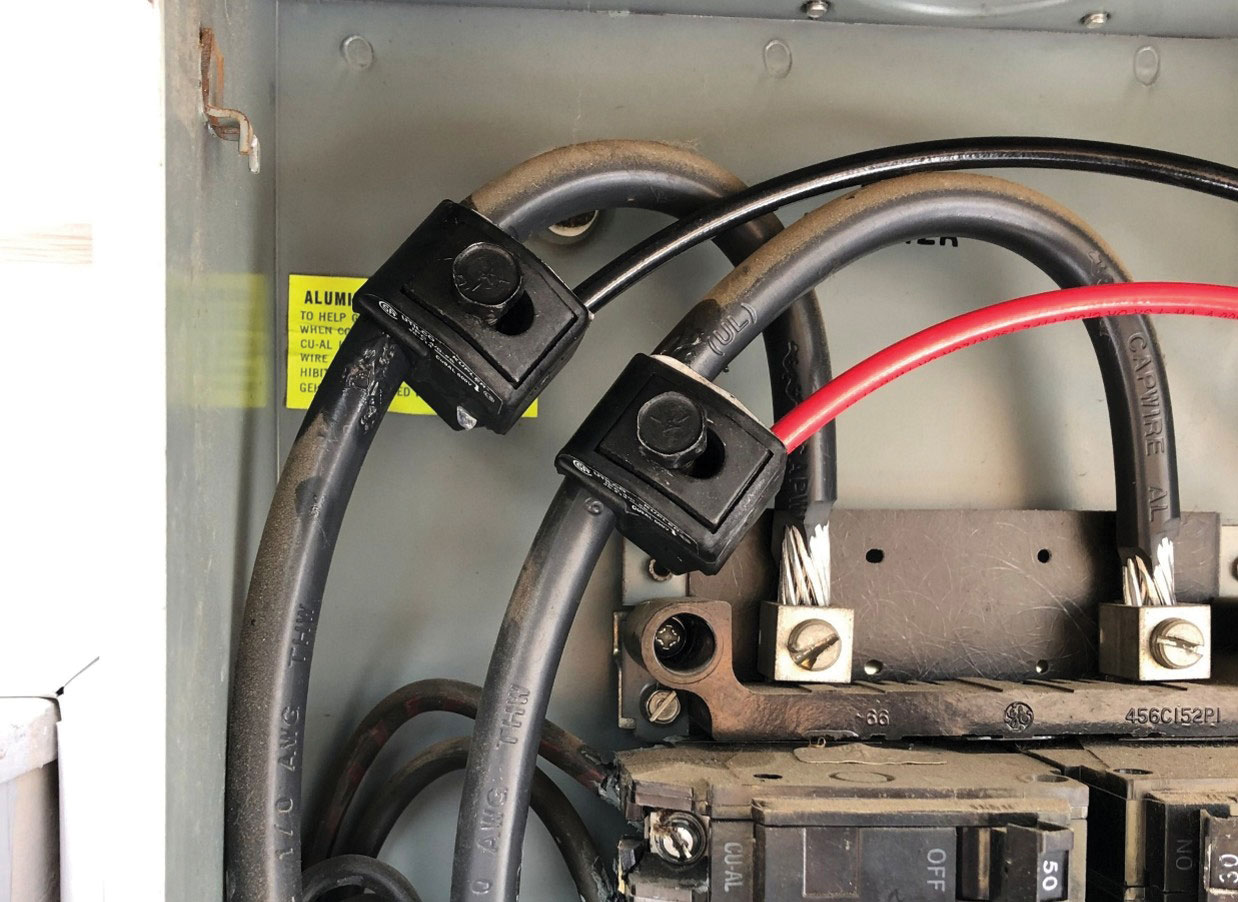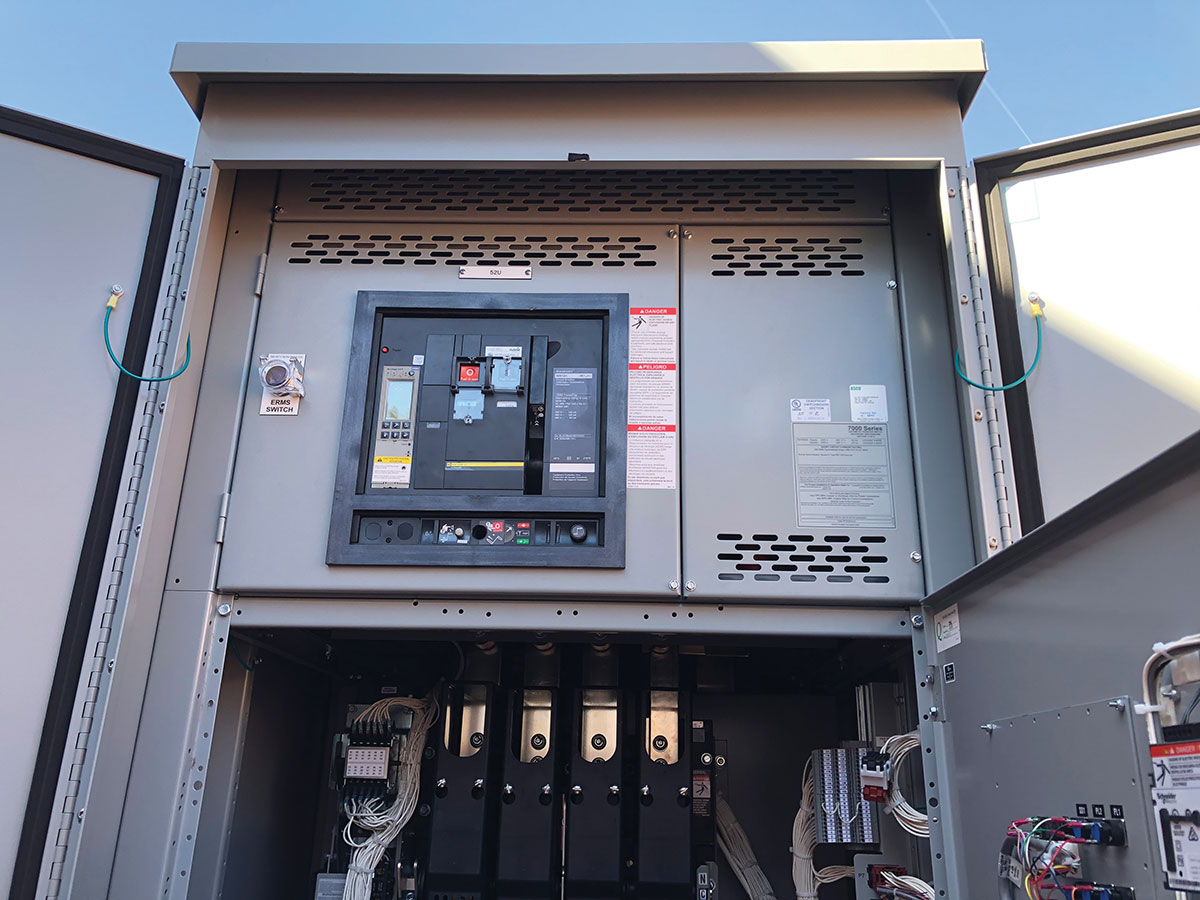The 1998 Canadian Electrical Code has made some more changes in the rules for underground conductor ampacities. Rule 4-004 contains the requirements for maximum ampacities for single and multiple copper and aluminum 90°C conductors, direct buried and for duct banks underground, in Appendix D, Tables D8A to D16B and Appendix B, Configurations ketches B4-1 to B4-4.
Each of the Table D8A to D16B refer to one of the wiring configurations and dimensions given in sketches B4-1 to B4-4 for multiple and single conductors underground. These ampacities have been pre-calculated using IEEE Standard, Standard Power Cable Ampacity Tables, IEEE 835.
As you ponder this wealth of information, you will find that the underground conductor ampacity tables in Appendix D fall into two separate groups as explained in the notes following each of the tables.
The A group of tables, Tables D8A to D16A provide maximum 90°C underground conductor ampacities for:
- Either continuous or noncontinuous loads when connected to electrical equipment other than a service box, fusible switch, circuit-breaker or panelboard (any piece of electrical equipment which doesn’t contain fuses or breakers); or
- Noncontinuous loads connected to a service box, fusible switch, circuit-breaker or panelboard.
The B group of tables, Tables D8B to D16B provide maximum underground conductor ampacities for continuous loads connected to a service box, fusible switch, circuit-breaker or panelboard (any electrical equipment containing overcurrent protection).
Continuous loads are defined in Rule 8-104. A load is considered continuous when it persists for more than one hour in a two-hour period for loads up to 225 amperes.
At first glance, the arrangement of the tables and configuration sketches in the code appears quite complicated. Everything including all of the notes should be read carefully in order to apply this information correctly. You will also discover that some of the detail columns in these tables contain two sets of conductor ampacities, for continuously loaded equipment operating at 100% and 90% capacity.
I have drawn up the following tables in the hope that they will help to eliminate some of the complexities encountered in applying this part of Rule 4-004.
Table 1–Underground 90°C Conductor Ampacities
Conductor Ampacity Table:
* For continuous or noncontinuous loads other than connected to a service box, fusible switch, circuit-breaker or panel board; or
* For noncontinuous loads connected to service box, fusible switch, circuit breaker or panelboard.
| Table | Configuration | Conductors |
| D8A | B4-1 Direct Buried | Single, Copper |
| D9A | B4-2 Duck Bank | Single, Copper |
| D10A | B4-1 Direct Buried | Single, Aluminum |
| D11A | B4-2 Duck Bank | Single, Aluminum |
| D13A | B4-3 Direct Buried | *Multiple, Cooper |
| D14A | B4-3 Direct Buried | *Multiple, Aluminum |
| D15A | B4-4 Duck Bank | *Multiple, Cooper |
| D16A | B4-4 Duck Bank | *Multiple, Aluminum |
Table 2–Underground 90°C Conductor Ampacities
Conductor Ampacity Table:
* For continuous loads connected to a service box, fusible switch, circuit-breaker or panel board
| Table | Configuration | Conductors |
| D8B | B4-1 Direct Buried | Single, Copper |
| D9B | B4-2 Duck Bank | Single, Copper |
| D10B | B4-1 Direct Buried | Single, Aluminum |
| D11B | B4-2 Duck Bank | Single, Aluminum |
| D13B | B4-3 Direct Buried | *Multiple, Cooper |
| D14B | B4-3 Direct Buried | *Multiple, Aluminum |
| D15B | B4-4 Duck Bank | *Multiple, Cooper |
| D16B | B4-4 Duck Bank | *Multiple, Aluminum |
*Note–”Multiple” includes up to four conductors in a cable, single conductors in contact and single conductors multiplexed underground.
As in past articles, an exact interpretation of any of the above information should be obtained from the electrical inspection authority in each province or territory as applicable.














Find Us on Socials